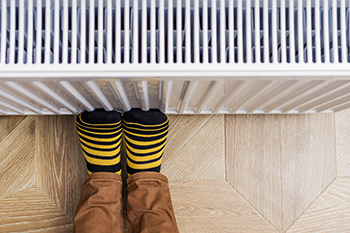
Winter can exacerbate arthritis symptoms, with cold weather and slippery surfaces posing challenges. However, there are strategies to maintain safety and wellness. Arthritis affects individuals differently. Some people experience worsened stiffness and pain in cold and damp conditions. Others may feel relief. Those with Raynaud's phenomenon face additional difficulties as cold weather restricts blood flow, leading to discomfort and numbness in extremities. Research indicates a correlation between weather conditions and pain levels in arthritis sufferers. To combat winter challenges, maintaining a warm home environment and wearing suitable clothing are important. Heat therapy, fall prevention measures, and adequate vitamin D intake are recommended. Staying physically active is paramount for managing arthritis, with options ranging from low-impact exercises to indoor activities. If you have arthritis and find that your pain worsens considerably in the winter months, it is suggested that you make an appointment with a chiropodist for a consultation and additional relief options.
The winter months can bring about new or worsening foot and ankle problems. If you’re suffering from foot or ankle pain, please consult with Chiropodist Stephanie Poupore from North Bay Foot & Ankle. Our clinician can help you maintain the health of your lower limbs and your mobility.
Winter Foot Problems
Cracked heels - Dry, cracked skin on the heels of the feet that is associated with cold, dry weather
Athlete’s foot - A fungal infection on the skin of the feet
Blisters - Fluid-filled bubbles of skin that usually form in response to friction
Fractures - Broken bones in the feet or ankles
Metatarsalgia - General foot pain
Chilblains - Spasming of the small blood vessels in the toes in response to exposure to cold weather
Raynaud’s disease - Numbness, pain, and color changes in the toes due to cold weather
Prevention
Wear warm socks and shoes
Avoid prolonged exposure to the cold
Moisturize the heels regularly
Keep your feet clean and dry
Walk carefully in areas that may be icy
Wear non-slip shoes
If you have any questions, please feel free to contact our office located in . We offer the newest diagnostic and treatment technologies for all your foot care needs.
